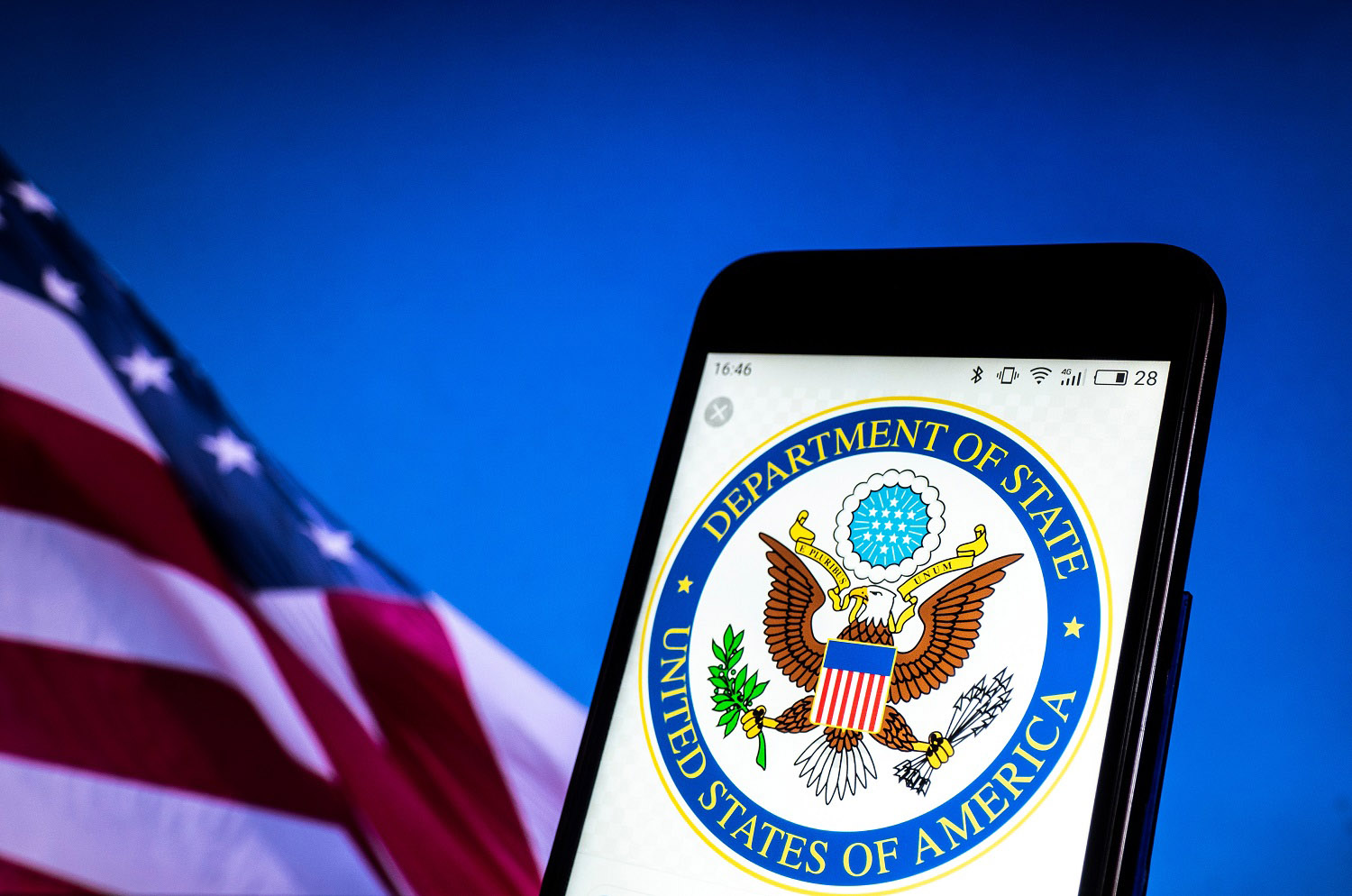Policy guidance issued recently by Office of Management and Budget (OMB) Director Mick Mulvaney on “Reforming the Federal Government,” along with Secretary of State Tillerson’s plans to streamline and reorganize the Department of State and US Agency for International Development (USAID), have set off rampant speculation across the development and foreign aid community. Many aid watchers fear this process will be used as cover for a pre-cooked outcome: perhaps providing an opportunity to subsume USAID into the State Department, retroactively justify plans to slash the foreign aid budget (already proposed in the Trump administration’s FY2018 budget blueprint), or wipe out a range of development tools and agencies.
These fears are probably premature. The announcement of President Trump’s intent to nominate Mark Green to be USAID administrator is a hopeful sign that the administration does not intend to do away with the agency (Green was reputedly seeking assurances to this effect before taking the job). And at the recent confirmation hearing for President Trump’s pick to fill the role of deputy secretary of state, the nominee, John Sullivan, spoke thoughtfully about the distinct missions and cultures of USAID and State. Looking past the OMB reform memo’s aggressive tone, the practical guidance it provides is actually quite sensible: agencies are to review their functions to identify any that are duplicative, non-essential to their mandate, inefficient, or provide a poor cost-benefit ratio. Additionally, they are to seek ways to maximize employee performance. These are reasonable requests, and not that different from prior reform efforts under past administrations.
As former senior officials at USAID and the Millennium Challenge Corporation (MCC), we—like most supporters of US foreign assistance—agree that there is room for improvement in the system (some of our colleagues at CGD have proposed specific reforms). But the devil is in the details. There is extensive evidence that development aid has saved lives and improved standards of living (nicely summarized by Steve Radelet here). And when deployed effectively, US assistance can be an important tool for addressing a range of global challenges: state stability, pandemics, urbanization, violent extremism, climate change, the youth bulge, and record levels of displacement and humanitarian suffering. Any review of the US foreign assistance structure should focus on how to enable that assistance to be deployed as effectively as possible.
So, how to judge whether this process is truly focused on improving effectiveness, rather than just justifying cuts or rationalizing a predetermined re-org? We have our eyes on six key elements to watch:
-
Does it address the changing global context? The world has changed dramatically since the passage of the Foreign Assistance Act of 1961, and the US foreign aid apparatus needs to keep pace in order to remain relevant. In the coming decade, extreme poverty will be increasingly concentrated in fragile states, while the poor-but-stable states will become decreasingly reliant on aid. US assistance will be most needed in the difficult and risky environments that have traditionally been consigned to humanitarian relief flows. In these countries a more “expeditionary” development approach will be required: one that is more rapid, nimble, and risk-tolerant than traditional USAID programming. The rising economies, meanwhile, will need less US money but will still need our partnership, technical support, and private sector facilitation. In an era of rising private flows to developing countries and constrained donor budgets, there is need for greater coherence across the USG’s array of financial tools—grants, risk-sharing tools, lending, and equity—to better mobilize private finance. A serious review should focus on adapting US development capabilities to this new landscape—and equipping government experts and institutions to operate effectively within it.
-
Does it roll back aid fragmentation? The biggest structural question on US foreign aid is not whether USAID and State should fully merge (short answer: no. Development and diplomacy are distinct disciplines, requiring differing timelines, expertise, training, and experience). Rather, it is how to streamline a badly fragmented US development architecture. There has been an awful lot of uncoordinated tweaking of the core aid architecture since 1961. While diplomacy is relatively unified under the State Department, development functions have evolved across 20-plus USG entities. The result is a messy spaghetti bowl of objectives and organizations, with a whole that is less than the sum of its parts. There is scant efficiency to be gained from folding USAID into State (and, the record shows, a lot of potential waste when assistance is focused on political deliverables rather than development results). But much could be gained by tackling the dilution and duplication of development policy authorities and resources across an alphabet soup of federal entities and initiatives. A serious review should take a hard look at these issues. There is no inherently correct number of agencies, but the test should be whether agencies and offices have clear and distinct roles, tied to clear capacities and comparative advantages, with an efficient system for coordinating efforts among them.
-
Does it engage the full State/USAID team? Any meaningful government review process depends on the interplay between seasoned career staff who know their institutions, and political appointees who can provide leadership, framing, and overall policy guidance. Get this wrong and it’s likely that this effort will be among the 70 percent of change management projects that fail. The fact that there are no senior political appointees in place at either agency apart from Secretary Tillerson himself does not augur well on this front (nor do media reports of tense relations between Tillerson and State’s career leadership). Online surveys, word clouds, and outside consultancies won’t do the trick here—meaningful reform can only flow from a sincere and substantive partnership between career staff and appointees. Deep involvement of the career teams at State and USAID is critical on two fronts. First, these are the people who know their institutions inside and out. They can see around corners, and draw on institutional memories, that the appointees simply can’t. (We say this as former appointees!) If they are engaged in a sincere and substantive way, they can provide a wealth of knowledge on potential improvements. A brand new (and still very thin) team of political appointees will struggle to generate serious reform ideas—or to have any realistic gauge of feasibility—without this input. Second, the career staff will ultimately be the frontline implementers of any changes. Without their buy-in, the reforms are less likely to have staying power.
-
Does it set clear targets and emphasize cost-effectiveness? As the saying goes, form should follow function: look out for clear targets vis-a-vis agency goals and units. It sounds basic, but a shockingly low number of government re-orgs (8 percent) have set detailed unit-by-unit targets. These are essential in the public sector, where benefits like pandemics halted and youth employed cannot be easily captured in dollar terms. Over the past 10-plus years, foreign assistance agencies—especially the President’s Emergency Plan for AIDS Relief (PEPFAR), MCC, and USAID—have increasingly focused on setting measurable targets, tracking progress and impact, and incorporating cost-benefit analysis into decision-making. Notably, this progress contrasts with much of the aid delivered by State and the Defense Department, where objectives may be more difficult to quantify and monitoring and evaluation policies and implementation have lagged. While there is still significant room for improvement at USAID and elsewhere, any proposal should recognize recent advances in measurement and accountability—and emphasize evidence of results and cost-effectiveness over simple cost-cutting.
-
Does it have buy-in beyond the administration? Recent history shows major structural changes to US foreign assistance need buy-in from key external constituencies and from Capitol Hill in order to endure. President George W. Bush’s tenure illustrated both scenarios. In launching both PEPFAR and the MCC, his administration did the hard work of cultivating strong stakeholder buy-in from NGO and faith leaders, who could continue advocating for the programs long after he left office. He also worked with Congress to build ownership on the Hill, leading to legislation that enshrined the programs into law. As a result, the initiatives are still going strong two presidencies later. On the other hand, the Bush administration’s “F process” reforms, which consolidated USAID budgeting in a new State bureau, were initiated with little outside consultation and scant support from the Hill. Thus, the reforms were vulnerable to reversal, and when President Obama jettisoned most of them after taking office, no one in Congress was inclined to defend them. There is strong bipartisan support for increased aid effectiveness and accountability, so the critical question is whether the administration will engage champions and build broad support for whatever reforms it decides to pursue.
- Does it seek reasonable efficiencies or debilitating cuts? The FY2018 “skinny budget” released by the Trump administration in March envisions dramatic cuts in US foreign aid and diplomatic spending. These cuts were proposed well before any strategic review was underway, much less completed. This is cart-before-the-horse budgeting—letting an arbitrary budget level set strategy rather than matching resources to strategic aims. At less than 1 percent of federal outlays, the foreign aid budget has a comparatively negligible impact on overall US spending, and rolling it back by a third is a rounding error in the broader budget context. There are certainly efficiencies that can be gained, and there may be plausible arguments for cutting budget and staffing levels (though our own view is that both remain too low). But a re-org plan that proposes major changes to budget or staffing should have a correspondingly robust strategic rationale explaining how those cuts would affect US foreign policy objectives.
In the next few weeks, we’ll propose some ideas that respond to these principles and have strong potential to increase efficiency and effectiveness . . . stay tuned!
Disclaimer
CGD blog posts reflect the views of the authors, drawing on prior research and experience in their areas of expertise. CGD is a nonpartisan, independent organization and does not take institutional positions.




